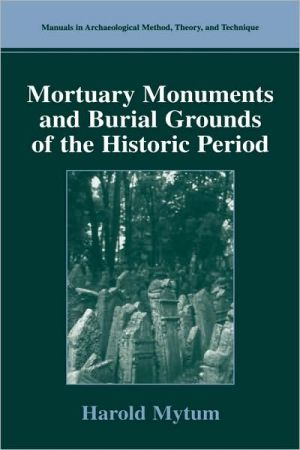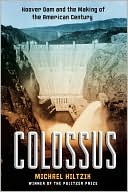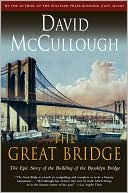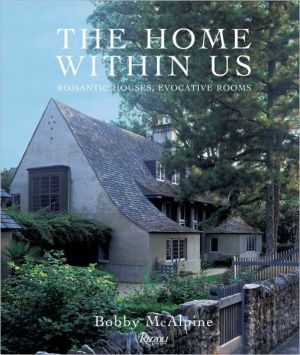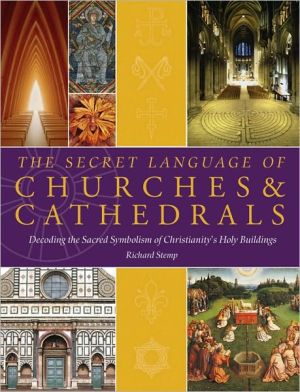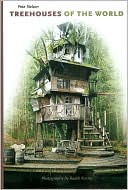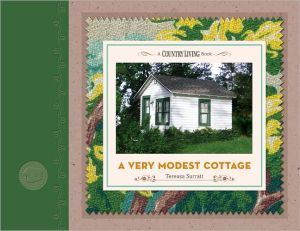Mortuary Monuments and Burial Grounds of the Historic Period
Mortuary Monuments and Burial Grounds of the Historic Period will be an incomparable resource for academic archaeologists, cultural resource management archaeologists, government heritage agencies, and upper-level undergraduate and graduate students of archaeology with classes in mortuary behavior, or who are studying the historic or post-medieval period. It will also be valuable to cemetery managers, forensic researchers, anthropologists, cultural geographers, folklorists, and social...
Search in google:
For too long graveyard studies have been seen as an eccentric byway rather than a specialist subject area with as much to contribute as the study of ceramics, building types or faunal remains. As a category of material evidence with variety of form, decoration and text, it is suitable for many forms of analysis. Graveyard memorials form a rich seam of archaeological evidence, but publication is often in a local format. The situating of mortuary studies within the local is both valuable and stimulating, but it can mean that valuable studies of interest to others are not discovered.This practical volume focuses on the study of historic burial ground monuments but also covers some below ground archaeology, as some projects will involve the study of both. The linking between above and below ground data has rarely been achieved, and the integration of graveyard data within settlement and landscape archaeology has also been likewise rarely attempted. Some areas covered are: -A brief history and theoretical approached to historic mortuary archaeology; -Attitudes to death, the body and remembrance; -How to carry out a study; -Conservation, education, and display. Mortuary Monuments and Burial Grounds of the Historic Period will be an incomparable source for academic archaeologists, cultural resource and heritage management archaeologists, government heritage agencies, and upper-level undergraduate and graduate students of archaeology focused on the historic or post-medieval period, as well as forensic researchers and anthropologists.
List of FiguresList of TablesIntroduction11A Brief History Historical Mortuary Archaeology22Theoretical Approaches53Summary11Folk Traditions and High Culture: Funerary and Commemorative Practice to the Early 18th Century131Death132The Funeral143Burial Grounds154Internal Memorials225External Memorials24A Maturing Industry: The Mid-18th Century to Early 20th Century351The Funeral362Mourning403Commemoration414Burial Grounds and Cemeteries425Internal Memorials546External Memorials587Decoration and Symbols758Text80A Marginalized Activity: From After World War I831The Funeral842Mourning873Commemoration874Burial Grounds and Cemeteries895Internal Memorials936External Memorials93Production and Consumption1051Funerary and Mourning Paraphernalia1052Commemoration1073Temporal Change1164Spatial Change117Social Structures1211The Relationship between Living Communities and Burial Ground Populations1212Status1223Family Structures1244Institutional Structures1315Patterns of Dependency1316Social Hierarchies1327Necrogeography1338Emulation134Identities1371Religious Affiliation1382Ethnicity1453Linguistic Group1474Vocational Identity148Attitudes toward Death, the Body and Remembrance1571The Manner of Death1582Attitudes toward the Body1593Grave Refurbishment174Carrying Out a Study1791Methodological Issues1792Project Fieldwork Planning1893Sampling1944Survey1965Researching Memorials2016Analysis2057Excavation207Conservation, Education, and Display2111Ethics and Methods of Conservation2112Historic Burial Grounds in Education2173Public Interpretation and Display222App. 1: Examples of Recording Systems229App. 2: Useful Addresses233Bibliography235Index261
